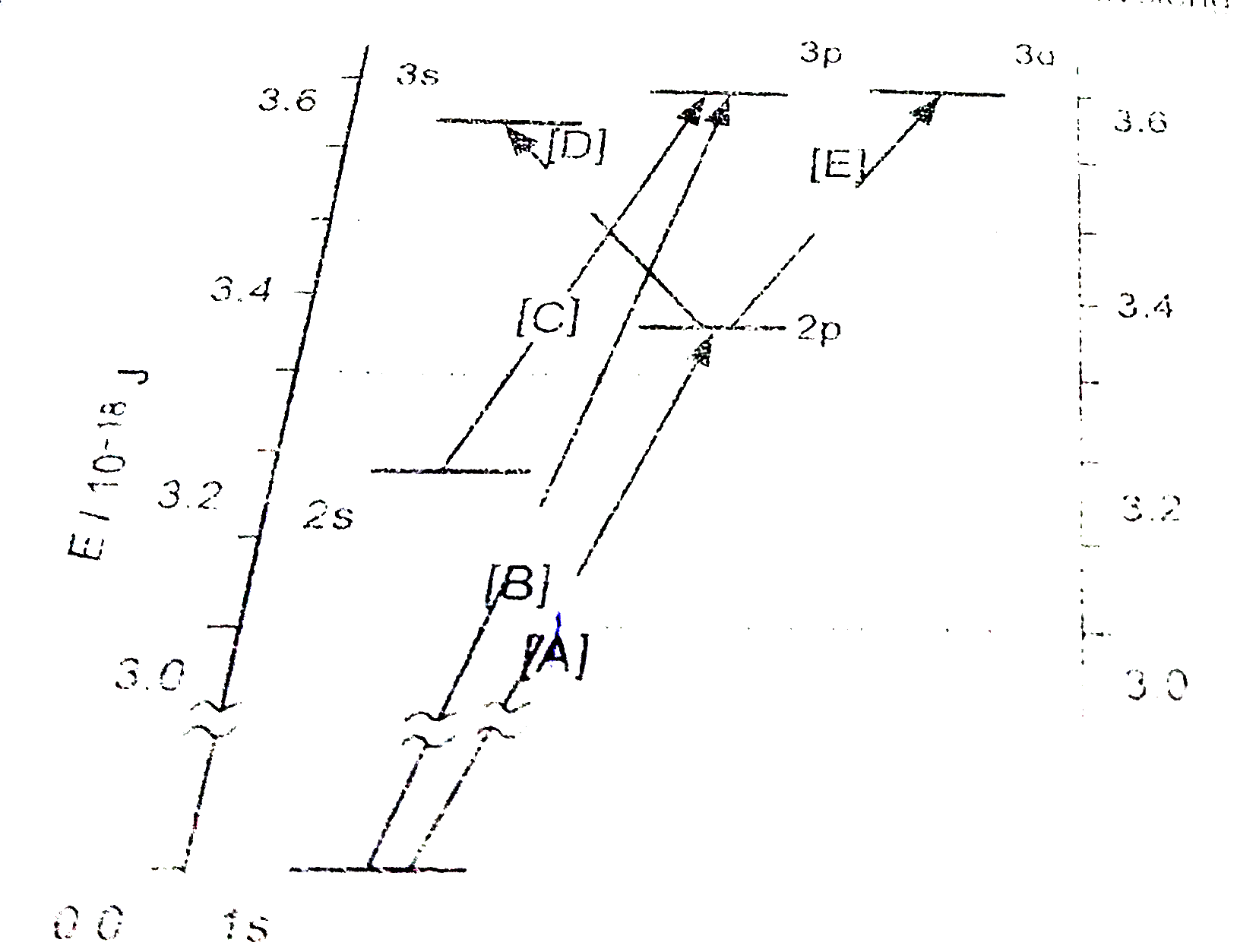In 1894, Lord Rayleigh reported that the mass of chemically prepared nitrogen was different from that of nitrogen extracted from the atmosphere, as shown in Tables 1 and 2. Latter, this difference was attributed to the presence of argon in atmospheric nitrogen. The masses of gases were mearsured by using a glass vessel with a known volume under atmospheric pressure (1.013×105Pa).
∣∣
∣
∣
∣
∣
∣
∣∣From nitric oxide2.3001gFrom nitrous oxide2.2990gFrom amonium nitrite purified at a red heat2.2987gFrom urea2.2985gFrom ammonium nitrite purified in the cold2.2987gMean2.2990g∣∣
∣
∣
∣
∣
∣
∣∣
∣∣
∣
∣
∣∣O2was removed by hot copper(1892)2.3103gO2was removed by hot iron(1893)2.3100gO2wasremovedbyferroushydrate(1894)2.3102gMean2.3102g∣∣
∣
∣
∣∣
Ramsay and cleve discovered helium in cleveite (a mineral consiting of uranium oxide and oxides of lead, thorium, and rare earths, an impure variety of uraninite) independently and virtually simultaneously in 1895. The gas extracted from the rock showed a unique spectroscopic line at around 588 nm (indicated by D3 in Figure 1), which was fist observed in the spectrum of solar prominence during a total eclipse in 1868, near the well-known D1 and D2 lines of sodium.

Calca––te––––––––– the energy E[J] of a photon with the wavelength of the D3 line of helium shown in Figure 1

Figure 2. Energy diagram of atomic orbitals of helium when an electron resides in the 1s orbital.
Figure 2 shows an energy diagram of the atomic orbitals of helium. The arrows indicate the ''allowed'' transitions according to the spectroscopic principle.
The correct Answer is:According to figure 1, the wavelength of the D3 line is approximately 587.7nm
The corresponding photon energy is
E=hcλ=6.626⋅10−34×2.998⋅108587.7⋅109=3.380×10−19J
Similar Questions
The products resulting from atmospheric reactions of hydrocarbons and nitrogen oxides in the presence of sunlight are called:
View SolutionThe oxides of nitrogen and hydrocarbons emitted into the atmosphere from motor vehicles are controlled using ___________.
View Solutionवायुमण्डल से नाइट्रोजन स्थिरकरण के बारे में संक्षेप में लिखें।
View SolutionThe actual density of nitrogen is 1.2519 "lit"^(-1) . The density of nitrogen obtained from the atmosphere is 1.2572 g "lit"^(-1) . This is because of the fact that atmospheric nitrogen contain
View Solutionवायुमंडलीय नाइट्रोजन से नाइट्रेट एवं नाइट्राइट के निर्माण में किनका उपयोग होता है।
View SolutionGive reasons for the following : Nitric acid is not manufactured from atmospheric nitrogen.
View SolutionThe products resulting from the atmospheric reactions of hydrocarbons and nitrogen oxides in the presence of sunlight are called
View SolutionIn 1894 , Lord Rayleigh reported that the mass of chemically prepared nitrogen was different from that of nitrogen extracted from the atmosphere, as shown in Tables 1 and 2 . Latter, this difference was attributed to the presence of argon in atmospheric nitrogen. The masses of gases were mearsured by using a glass vessel with a known volume under atmospheric pressure (1.013xx10^(5)Pa) . |{:("From nitric oxide",,2.3001 g),("From nitrous oxide",,2.2990 g),("From amonium nitrite purified at a red heat",,2.2987 g),("From urea",,2.2985 g),("From ammonium nitrite purified in the cold",,2.2987 g),("Mean",,2.2990 g):}| |{:(O_(2) "was removed by hot copper" (1892),,2.3103 g),(O_(2) "was removed by hot iron" (1893),,2.3100 g),(O_(2) "was removed by ferrous hydrate (1894),2.3102 g,),(Mean,,2.3102 g):}| Ramsay and cleve discovered helium in cleveite (a mineral consiting of uranium oxide and oxides of lead, thorium, and rare earths, an impure variety of uraninite) independently and virtually simultaneously in 1895 . The gas extracted from the rock showed a unique spectroscopic line at around 588 nm (indicated by D3 in Figure 1 ), which was fist observed in the spectrum of solar prominence during a total eclipse in 1868 , near the well-known D_(1) and D_(2) lines of sodium. ul("Identify") the transition relevant to the D_(3) line of helium among the transitions [A] to [E] indicated in Figure 2. Mark one of the following: [A] [B] [C] [D] [E]
View Solution
